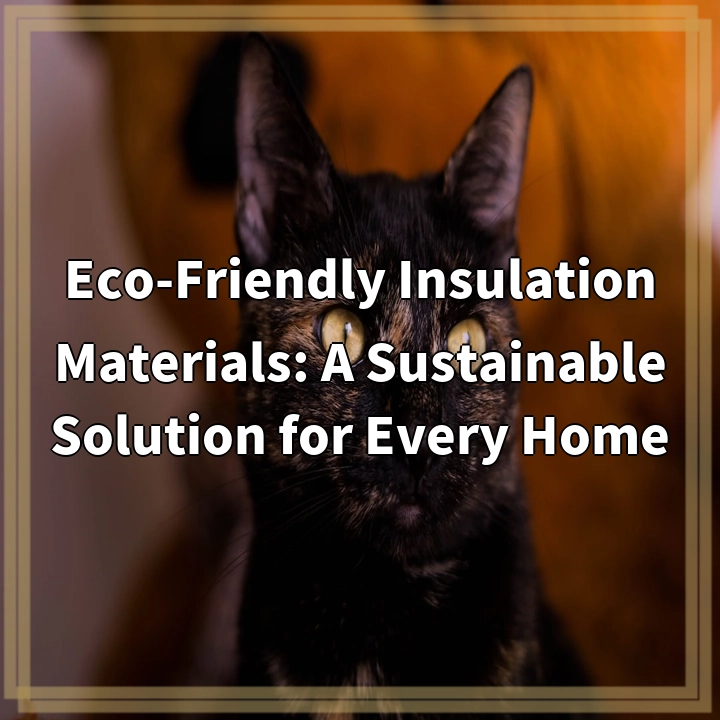
What are Eco-Friendly Insulation Materials?
Eco-friendly insulation materials are a sustainable alternative to traditional insulation options that are harmful to the environment. These materials are designed to reduce energy consumption, minimize waste, and limit carbon emissions, making them an excellent choice for environmentally conscious homeowners.
Real-World Problems Associated with Traditional Insulation
Unfortunately, traditional insulation materials, such as fiberglass and foam, have several negative impacts on the environment and human health.
1. Environmental Impact
Traditional insulation materials often require a significant amount of energy and resources to manufacture. The production of these materials contributes to carbon emissions and depletes non-renewable resources. Additionally, the disposal of traditional insulation can lead to environmental pollution and waste accumulation.
2. Health Concerns
Many traditional insulation materials contain harmful substances, such as formaldehyde, volatile organic compounds (VOCs), and other toxic chemicals. These substances can potentially off-gas over time, leading to poor indoor air quality and health issues, such as respiratory problems and allergies.
3. Limited Thermal Performance
While traditional insulation materials provide thermal insulation to homes, they often have limitations in terms of their overall effectiveness. Air leakage, inadequate moisture control, and poor insulation R-values can result in energy loss and decreased home comfort.
4. Non-Recyclable and Non-Biodegradable
One of the biggest challenges with traditional insulation is that most of these materials are not recyclable or biodegradable. This contributes to landfill waste and adds to the overall environmental burden, especially considering the high demand for insulation in construction and renovation projects.

Solutions: Embracing Eco-Friendly Insulation Materials
1. Use of Sustainable Materials
Eco-friendly insulation materials offer a sustainable solution by utilizing renewable resources, such as recycled materials, natural fibers, and bio-based products. These materials have a lower carbon footprint and reduce the dependency on non-renewable resources.
2. Improved Indoor Air Quality
By opting for eco-friendly insulation materials, homeowners can greatly improve indoor air quality. These materials are free from toxic additives and VOCs, ensuring a healthier living environment for occupants.
3. Enhanced Energy Efficiency
Eco-friendly insulation materials have superior thermal performance, effectively preventing heat transfer and reducing energy consumption. This leads to energy savings and decreased carbon emissions, contributing to a more sustainable and cost-efficient home.
4. Recyclable and Biodegradable Options
Choosing insulation materials that are recyclable and biodegradable helps to reduce waste and minimize environmental impact. By selecting materials that can be reused or safely decompose, we can significantly reduce the amount of insulation that ends up in landfills.
5. Longevity and Durability
Eco-friendly insulation materials are often designed to have a longer lifespan, ensuring that insulation does not need to be replaced frequently. This reduces waste and the need for additional manufacturing, providing a sustainable, long-term solution.















